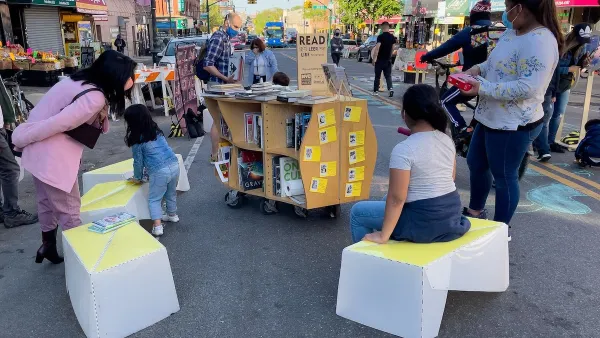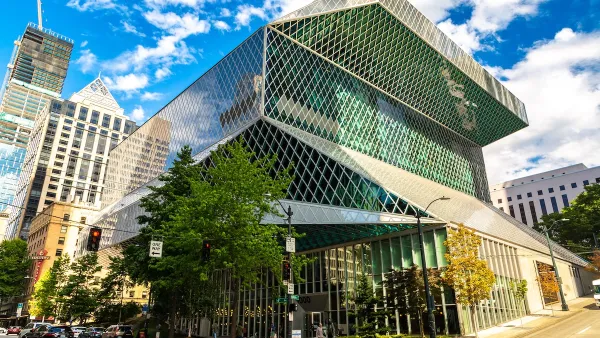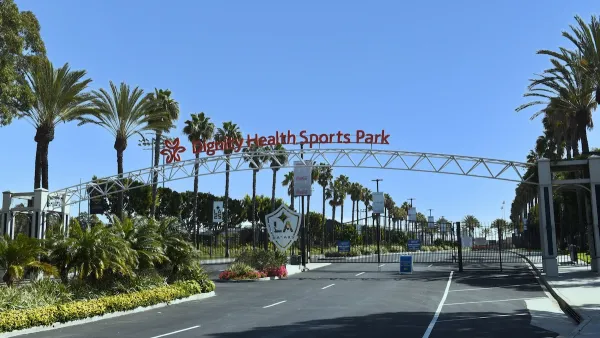Technology companies are increasing their presence in cities, adopting the language of planners, and seeking to create communities. Yet, according to Allison Arieff, the sector does a uniformly poor job of contributing to urban vitality.
With their young work forces, entrepreneurial ethos, and "embrace of urbanist lingua franca", tech companies are much sough-after tenants in cities across the United States. But, as their interaction with the wider community in San Francisco illustrates, tech's biggest titans have a lot to learn about how to be good neighbors.
"There’s been no shortage of published laments on the changing nature of San Francisco over the past several weeks, so I’m loath to add another complaint to the list," writes Arieff in an opinion piece for The Times. "And yet … I keep coming across instances where the tech sector flocks to the city and talks of community yet isolates itself from the urban experience it presumably couldn’t wait to be a part of."
She points to several instances, in San Francisco and at suburban campuses in Silicon Valley, where tech companies have created vital "third places" that are off-limits to the general public.
“'Community space' implies something that is open to, well, the community. Subverting of naming conventions to suggest public access and transparency, while providing neither, is troubling and increasingly pervasive. But this turning inward, despite the incessant drumbeat of 'community,' is quickly becoming the rule rather than the exception."
FULL STORY: What Tech Hasn’t Learned From Urban Planning

National Parks Layoffs Will Cause Communities to Lose Billions
Thousands of essential park workers were laid off this week, just before the busy spring break season.

Retro-silient?: America’s First “Eco-burb,” The Woodlands Turns 50
A master-planned community north of Houston offers lessons on green infrastructure and resilient design, but falls short of its founder’s lofty affordability and walkability goals.

Delivering for America Plan Will Downgrade Mail Service in at Least 49.5 Percent of Zip Codes
Republican and Democrat lawmakers criticize the plan for its disproportionate negative impact on rural communities.

Test News Post 1
This is a summary

Test News Headline 46
Test for the image on the front page.

Balancing Bombs and Butterflies: How the National Guard Protects a Rare Species
The National Guard at Fort Indiantown Gap uses GIS technology and land management strategies to balance military training with conservation efforts, ensuring the survival of the rare eastern regal fritillary butterfly.
Urban Design for Planners 1: Software Tools
This six-course series explores essential urban design concepts using open source software and equips planners with the tools they need to participate fully in the urban design process.
Planning for Universal Design
Learn the tools for implementing Universal Design in planning regulations.
EMC Planning Group, Inc.
Planetizen
Planetizen
Mpact (formerly Rail~Volution)
Great Falls Development Authority, Inc.
HUDs Office of Policy Development and Research
NYU Wagner Graduate School of Public Service





























